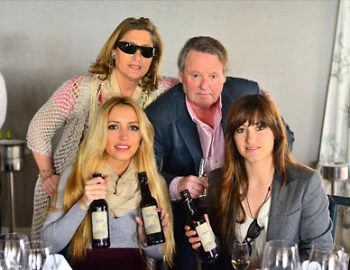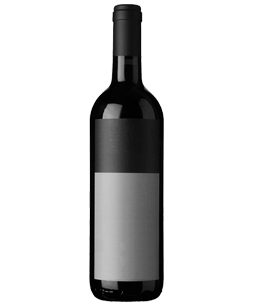Domaine de Ferrand
Philippe Bravay represents the fourth generation of the family that owns Domaine de Ferrand. The winery can be traced back to the 17th century. Philippe’s parents sold the grapes to wine merchants. But he decided to press and bottle his own wine.
7.5 hectares lie in the north of the Châteauneuf-du-Pape appellation, 10 hectares in the Côte-du-Rhône appellation. These include very old vineyards planted by his great-grandfather in 1904, 1910 and 1920; as usual in the so-called field blend. About 10% of the vines are Syrah, Counoise, Vaccarès, Bouboulenc, Mourvèdre and others, which are blended with the Grenache.
Red wines from Domaine de Ferrand
from Domaine de Ferrand
The soils are barren and stony, consisting of sand, clay and limestone. Philippe Bravay cultivates his vines according to organic farming principles. The canes are traditionally trained in the gobelet style or “en buisson” (in a bush). This results in lively, freshly crisp wines despite the increasingly hot climate. Fortunately, the mistral often blows from the north here, bringing cool relief and also ensuring that fungal diseases have next to no chance.
Philippe Bravay ferments his wines spontaneously, i.e. without adding yeasts. The wines are predominantly aged in concrete or stainless steel tanks instead of wooden barrels. They express their terroir in a precise, “unvarnished” manner, so to speak.
Producer

Dr. Bürklin-Wolf / Fam. Bürklin
Read more
Castello del Terriccio
Castello del Terriccio is one of the largest agricultural estates in Tuscany (Province of Pisa) with its own microclimate. The approximately 1700 hectares extend from the northern end of the Maremma to the Tyrrhenian Sea. The vineyards enjoy a south-southwest exposure with the warming and luminous effect of the sea. The Mediterranean maquis and the eucalyptus trees growing all around it not only protect the grapes from the wind, but also imbue them with the scents and aromas that give the wines of the Terriccio their distinctive flavour.







